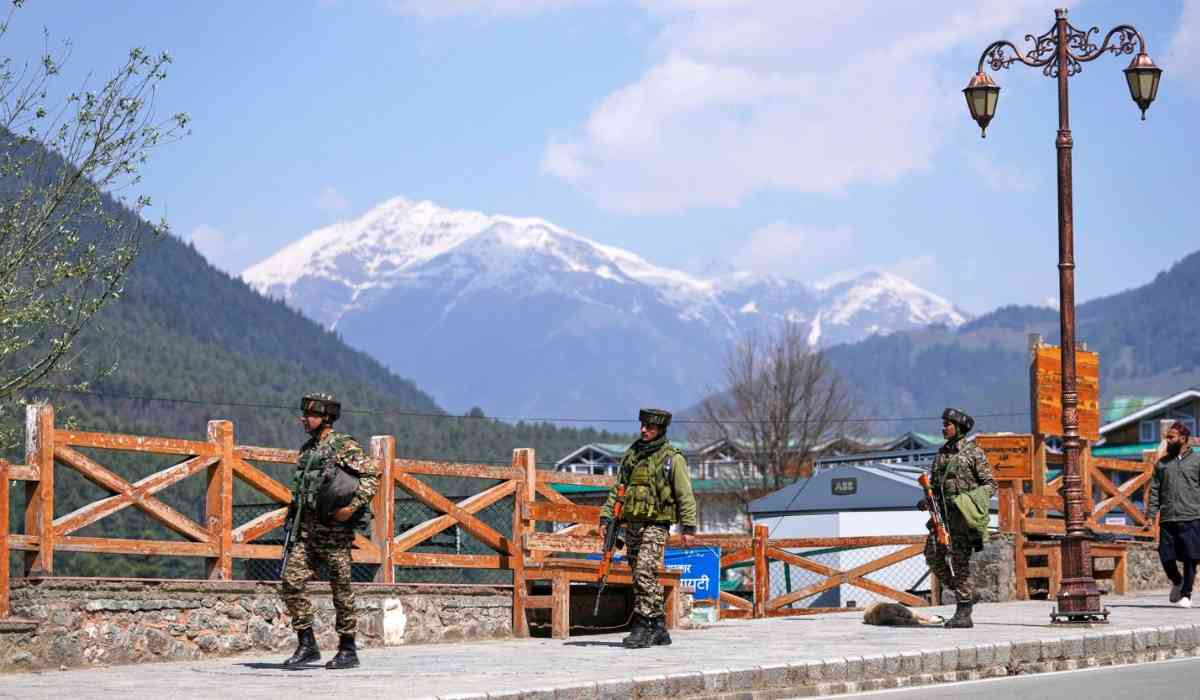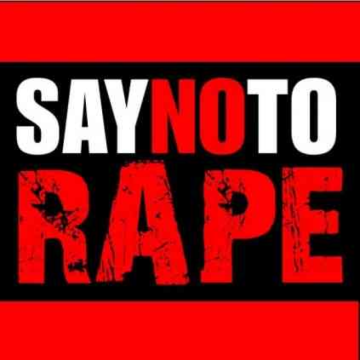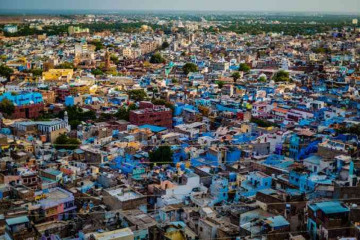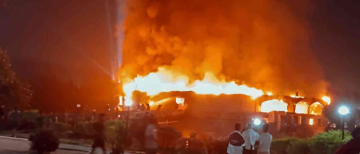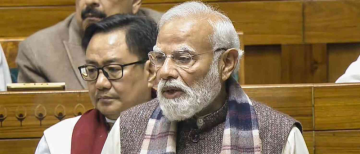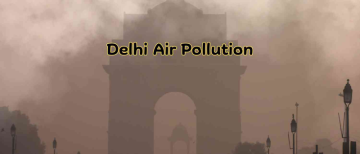In the wake of a devastating terrorist attack in Pahalgam that claimed the lives of 26 civilians, the Jammu and Kashmir administration has taken sweeping preventive security measures, including the shutdown of 48 resorts and tourist destinations across the Union Territory. The move comes amid intelligence warnings of further attacks, activation of sleeper cells, and a heightened threat landscape.
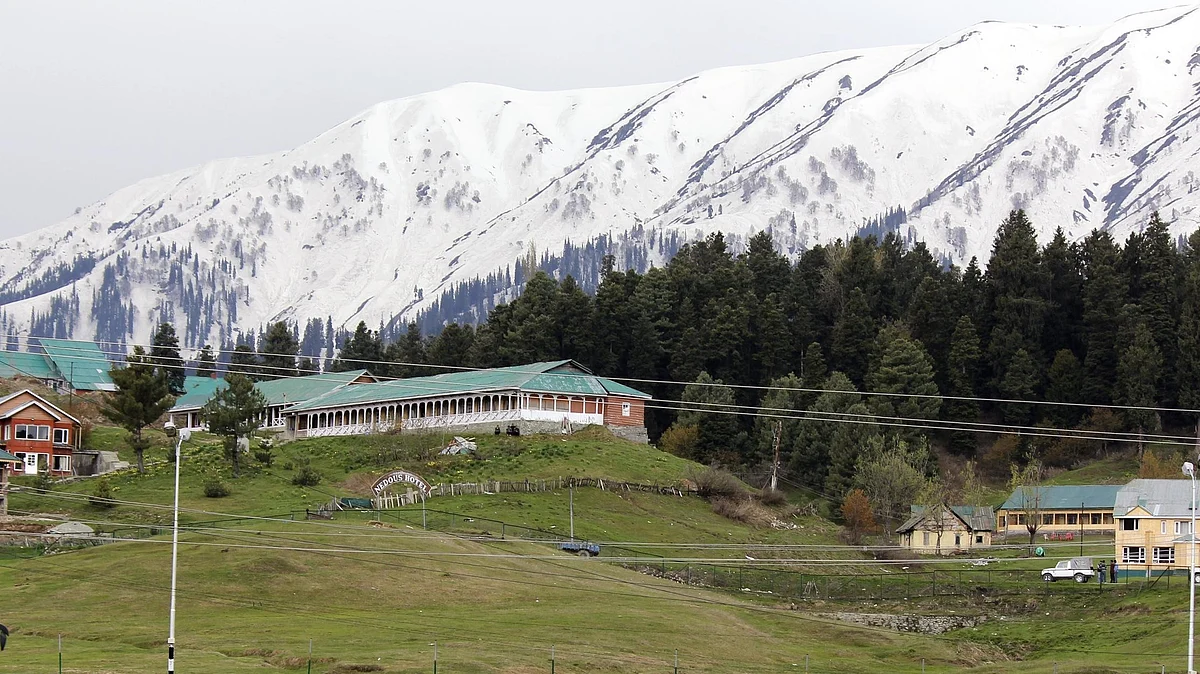
The Aftermath of the Pahalgam Terror Attack
On April 22, 2025, a group of Pakistan-based terrorists launched a brutal assault on civilians at Baisaran Valley, a popular tourist destination near Pahalgam. Most of the victims were tourists, and the massacre has triggered widespread fear and outrage across the region. According to officials, the attack was carried out by both foreign and local terrorists, marking one of the deadliest strikes in the Valley in recent years.
Widespread Closures and Tourism Setback
As a direct consequence of the Pahalgam carnage, the Jammu and Kashmir government has closed down 48 of the Union Territory’s 87 major tourist destinations. Resorts, including those in Doodhpatri (Budgam) and Verinag (Anantnag), have been made inaccessible to tourists. This mass closure has severely impacted the region’s tourism-dependent economy.
What was until recently a thriving tourist season has turned grim. Pahalgam's once-bustling markets now wear a deserted look as thousands of tourists flee the region. Several planned visits have been canceled, and there is growing concern among locals over the impact on their livelihood.
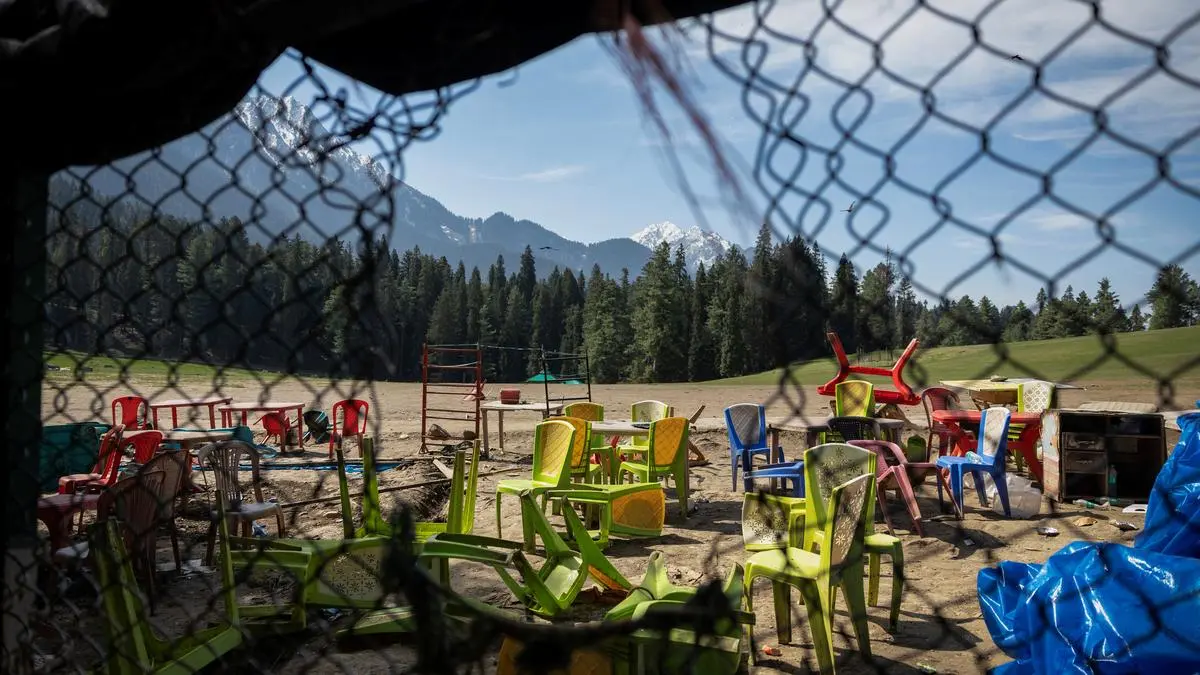
Intelligence Warnings and Sleeper Cell Activation
Following the Pahalgam attack, intelligence agencies have intercepted communications confirming that sleeper cells across Kashmir have been activated. According to intelligence inputs, these cells have received instructions to carry out additional operations targeting both local and non-local individuals.
A confidential report accessed by India Today revealed that militant organisations are planning:
-
Attacks on security forces
-
Targeted killings of non-local individuals and railway personnel
-
Strikes against Kashmiri Pandits and CID personnel, particularly in Srinagar and Ganderbal
There are also fears of a larger retaliatory strike in response to the destruction of terrorists' homes by Indian forces. The vulnerability of critical infrastructure, including railway networks—especially due to the significant presence of non-local staff—has raised alarm among security officials. Agencies have advised railway personnel to restrict movements outside their camps.
Intensified Security Measures and Crackdowns
In response to the security threats, authorities have ramped up surveillance and deployed anti-fidayeen squads to high-risk tourist locations such as Gulmarg, Sonamarg, and Dal Lake. These squads, comprising elite personnel from the Jammu and Kashmir Police’s Special Operations Group, are focused on preventing any repeat attacks.
Security agencies have launched a massive statewide anti-terror operation. This includes:
-
Coordinated raids across North, Central, and South Kashmir
-
Detention of hundreds of suspects and terror sympathisers
-
Demolition of houses belonging to active terrorists
The National Investigation Agency (NIA) has taken over the investigation of the Pahalgam attack. The agency has already recreated the crime scene and is examining evidence, including video footage captured by survivors. Gujarati tourist Rishi Bhatt, who managed to film the attackers during the incident, is expected to be a key witness in the probe. Investigators will also question zipline operators and other local workers who were present at the site during the attack.
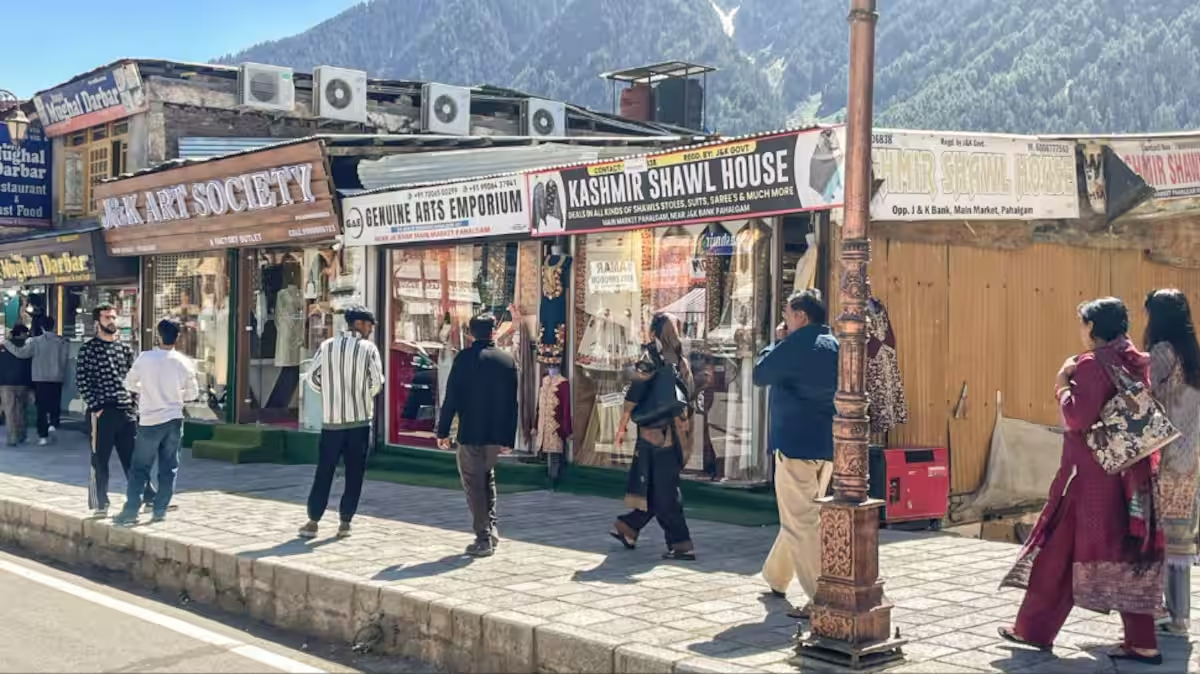
Public Outrage and Political Reactions
The massacre has sparked unprecedented protests across Jammu and Kashmir. From Kathua to Kupwara, people have poured into the streets condemning the attack and expressing solidarity with the victims. Chief Minister Omar Abdullah highlighted this widespread civil outcry during a special assembly session, noting that such unified protests had not been seen in over two decades.
“People from every town and village are saying ‘Not in my name’. This response is spontaneous and deeply moving,” said Abdullah, while refusing to use the tragedy to further political agendas like statehood demands. “My politics is not cheap,” he added.
Prime Minister Narendra Modi has also weighed in, vowing to bring the perpetrators to justice. “We will pursue these terrorists and their backers to the ends of the earth,” said the Prime Minister, reaffirming the government’s resolve to eliminate terrorism from the region.
A Tourism Crisis and a Crossroads
Kashmir’s tourism sector, already fragile due to periodic violence, now faces yet another existential threat. Locals dependent on tourist activity are left grappling with uncertainty, and the mass exodus of visitors has had an immediate economic impact.
As the state steps up counter-terrorism efforts and investigations deepen, residents and authorities alike hope for a swift return to peace and normalcy. But with active terror threats still looming, the road ahead remains fraught with challenges.
With inputs from agencies
Image Source: Multiple agencies
© Copyright 2025. All Rights Reserved Powered by Vygr Media.

